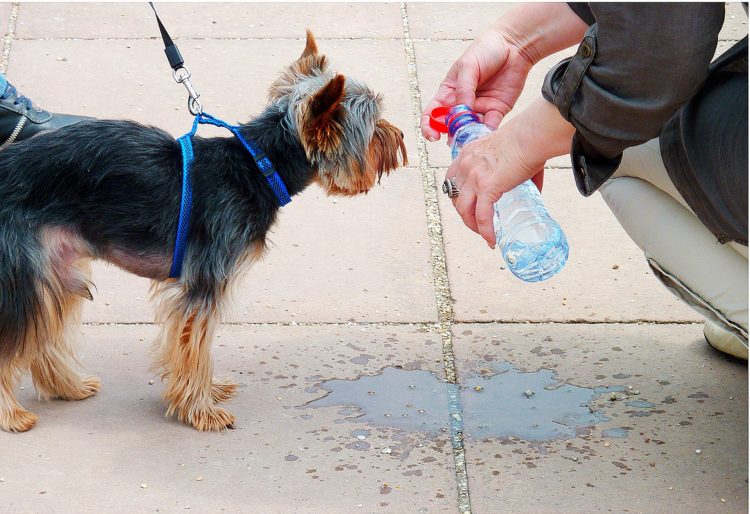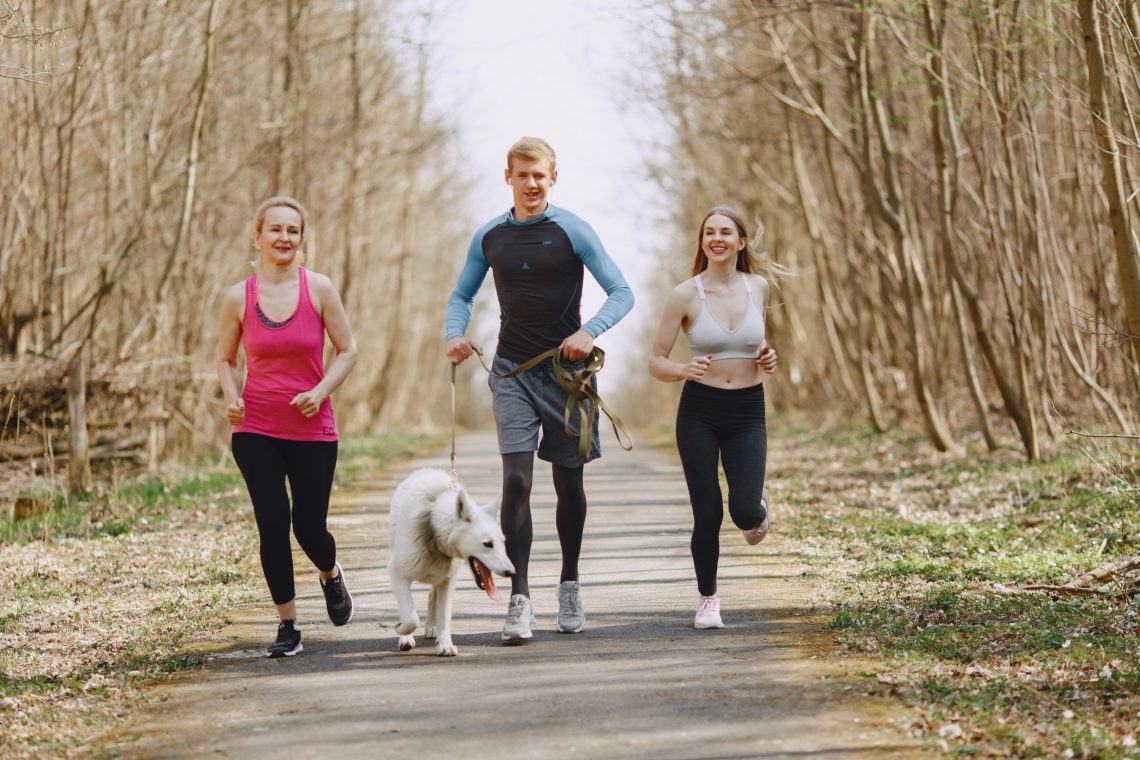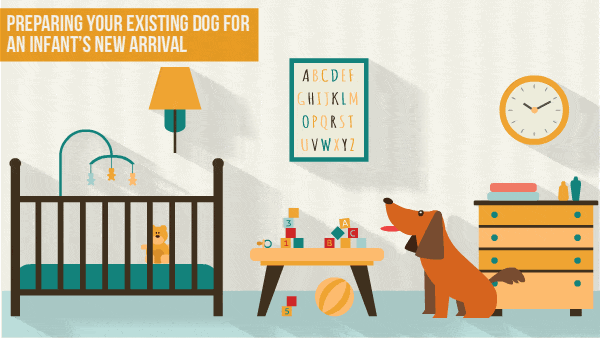Running with your dog: good bonding, good exercise – good job!
Guest post courtesy of Jessica Sweet. The views and opinions expressed in this article are those of the guest author and do not necessarily represent the views of Val Heart & Heart Communications Enterprises Inc.
If you’re a runner, chances are you’ve thought about taking your dog along for the ride. After all, it can be a great way to get some extra exercise and spend quality time with your furry friend.
Evidence suggests that dog ownership decreases the risk of cardiovascular conditions and improves our overall mood by alleviating stress, anxiety and loneliness – call it puppy love!
But if you’re new to all of this, you might not know where to start. You also need to know whether your dog would enjoy – and be capable of running – or not. Not all dogs love it!
In this article, we’ll be taking a look at factors that will determine if your dog is suitable or not, as well as providing a few top tips for running with your dog to help make your runs together as enjoyable as possible.
Is your dog suitable for running?
Before we start, it’s important to remember that not all dogs are created equal – it all depends on breed, age, health, and personality. Older dogs will no longer have the stamina they once had, and it is advisable to not run with a puppy as the growth plate at the end of their bones is still growing.
Some breeds like Huskies, Retrievers, Labradors and Border Collies are all suitable candidates as running partners built for speed and endurance, whereas brachycephalic (short nosed) breeds such as Pugs and Bulldogs are more prone to breathing difficulties, meaning it is not safe for them to run for extended periods of time.
Corgis, Dachshunds, or any dog with shortened or bowed limbs will find it challenging to keep up with their human companion and are at greater risk of back injuries (intervertebral disc disease).
Lastly, it’s important to check with your veterinarian to assess their current fitness levels and examine any medical conditions. Running is a high-impact, cardio-intensive exercise and if your dog is suffering from arthritis, obesity, or elbow/hip dysplasia these will greatly affect their ability to run. Canine rehabilitation is an effective way of providing pain relief through a combination of physiotherapy treatments for dogs such as massage, acupuncture, and ultrasound.
Top tips for running with your dog
1. Start slowly
If you’re just starting out, it’s important to go slowly at first. Your dog needs time to get used to running alongside you, and if you push him or her too hard too soon, you could end up with an injured pet. Start by taking short walks or jogs, before gradually increasing the distance over time as your dog gets more comfortable.
2. Invest in the right gear
A good lead and sturdy collar are essential as they will help keep your dog safe and ensure you have complete control. Look for a lead that’s durable and adjustable, so it can be tailored to your pup’s size and breed. If you’re running in an area with traffic, you may also want to consider a reflective vest for your dog.
3. Choose the right route
Make sure to choose a route that’s suitable for both you and your dog. If there are lots of distractions or busy streets, it might not be the best place to run. Try finding a park or quiet neighbourhood where your dog can roam free.
3. Stay hydrated

It’s important for both you and your dog to stay hydrated when exercising, so make sure to bring along plenty of water. You may also want to pack a few treats for your pooch as hunger can set in quickly, especially on long runs.
4. Be aware of your surroundings
When you’re running with your dog, it’s important to be aware of your surroundings and keep an eye out for potential hazards. This includes keeping an eye out for other dogs, as well as cars and cyclists.
5. Respect other runners
If you’re running in a busy area, be sure to respect other runners and give them plenty of space. Remember that not everyone is comfortable running around dogs, so try to keep your furry friend close by at all times.
6. Take regular breaks
It’s important to take regular breaks running with your dog. After every half hour of exercise, make sure to take a break for at least five minutes. This will ensure you and your dog remain in peak condition when running with your pup!
7. Keep an eye on the weather

Keep an eye on the weather before embarking on exercise with your dog. Dogs with thick coats can overheat easily in hot or humid conditions, whereas frozen icy pavements in colder temperatures increase the risk of an injury.
8. Bring your phone along for emergencies
It’s always worth bringing along some emergency contact details – along with antibacterial wipes and bandages – just in case something goes wrong while running with your dog. Make sure to have your phone charged and bring a portable charger if necessary.
9. Reward good behavior
Of course, reward your pup with plenty of treats when they behave well on runs. This will help keep them motivated and ensure that running with you is always a positive experience.
10. Have fun!
Did you know that dogs experience ‘runner’s high’ just like humans? Both of you are each other’s sources of motivation and they’ll be wagging their tail, ready to run like the wind with you!
By following these tips, you and your dog can start enjoying healthy runs together in no time! And who knows – you might even end up becoming a regular fixture on the local running scene.
Did you enjoy this article? Here are 3 more of our most popular posts for dog lovers:
Is My Dog Happy? Here’s How to Know For Sure
The 12 Best Jobs for Dog Lovers
5 Tips for Bonding with Your Dog to Encourage Loyalty and Obedience







Leave a Reply